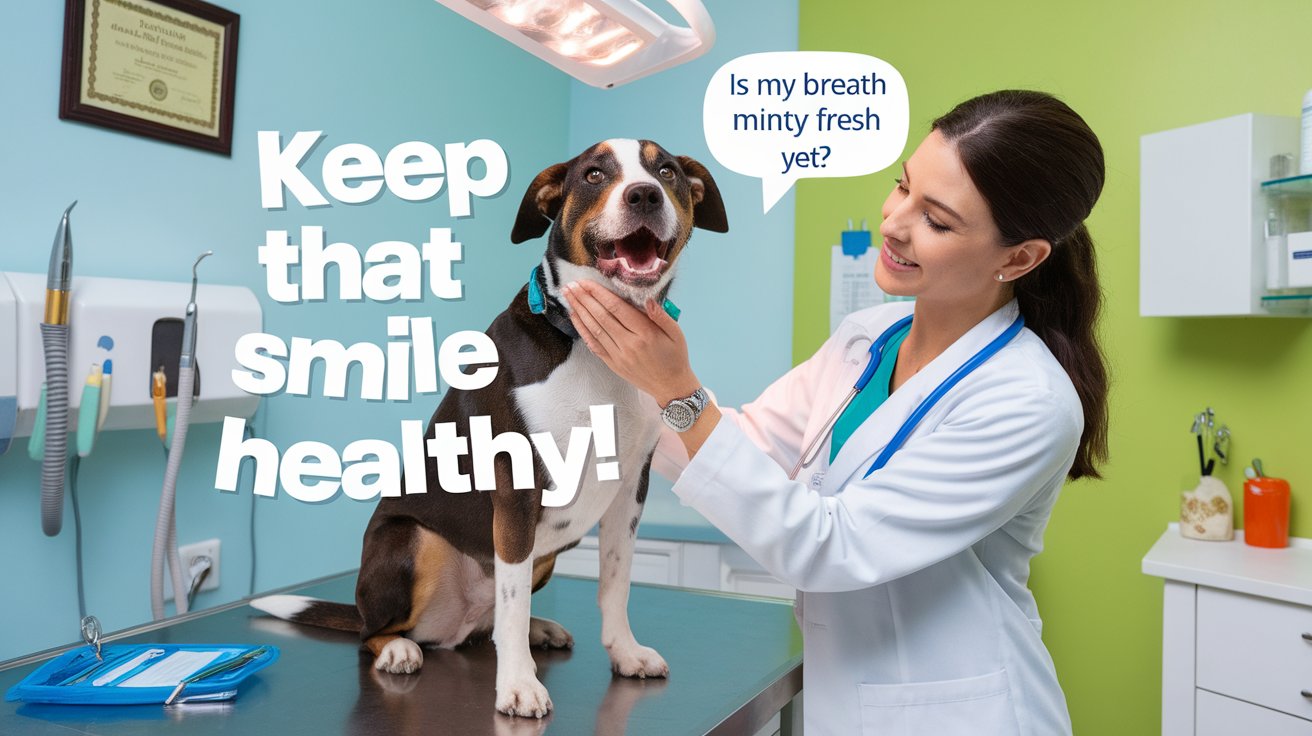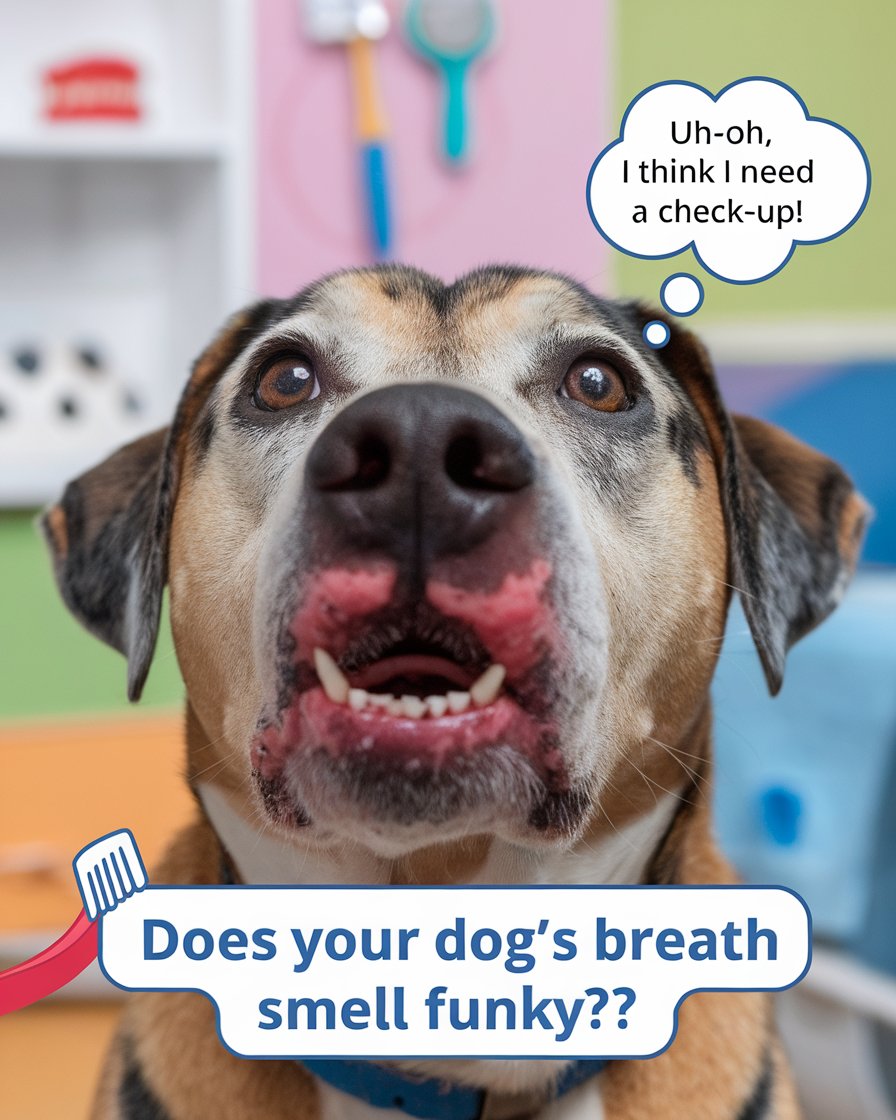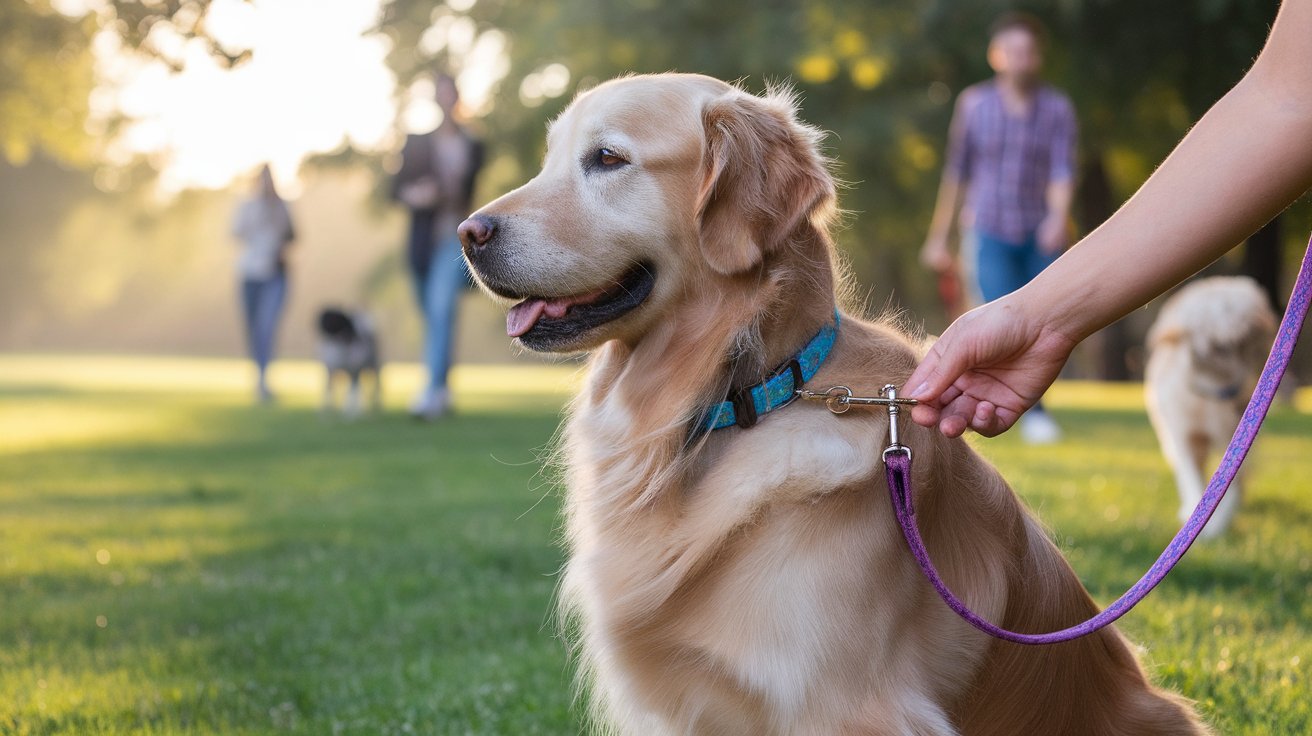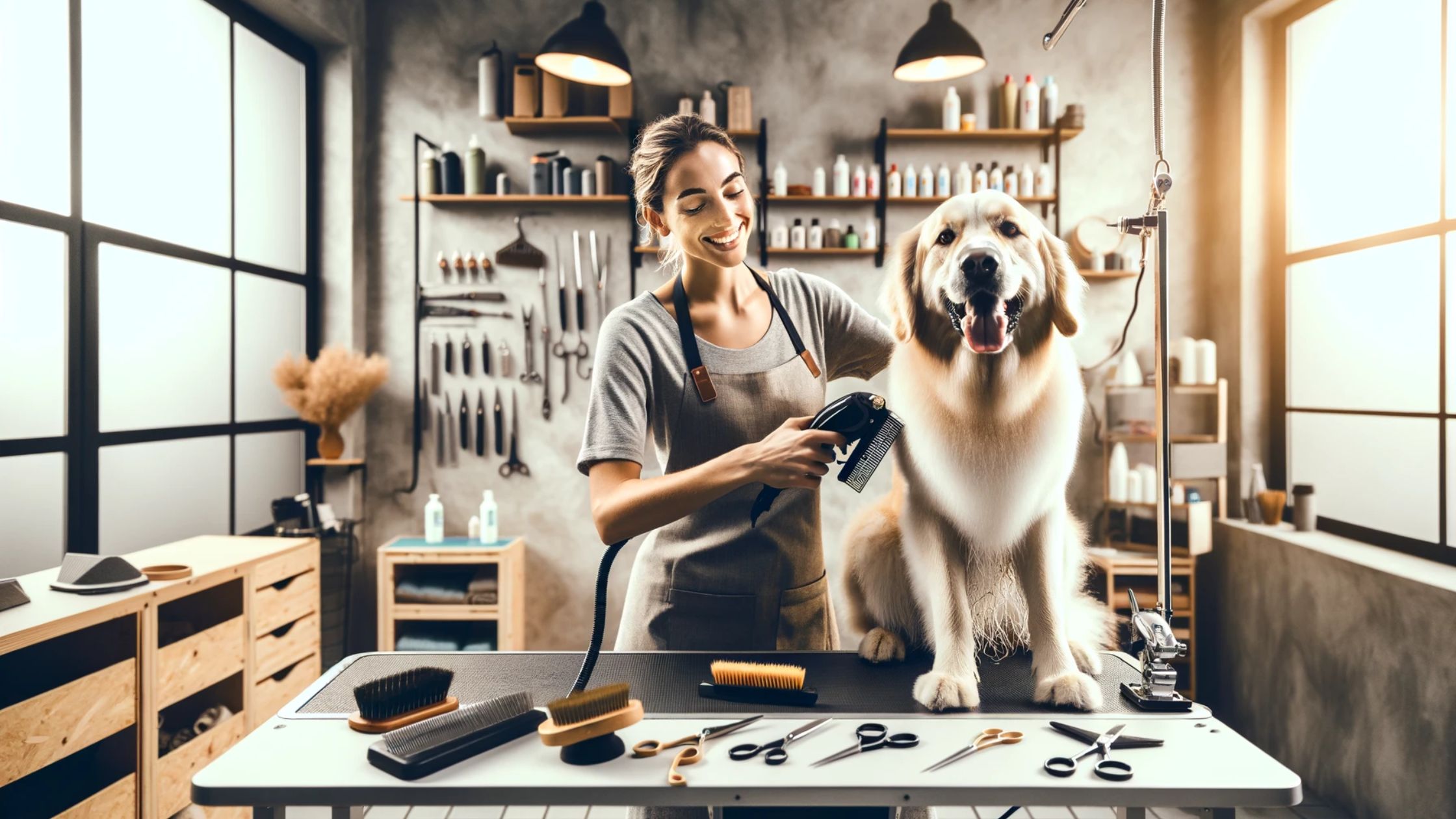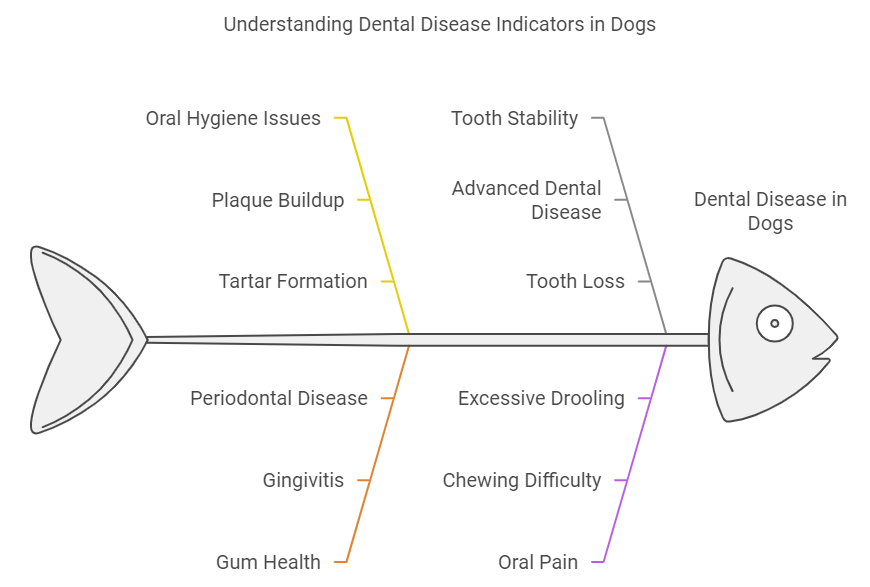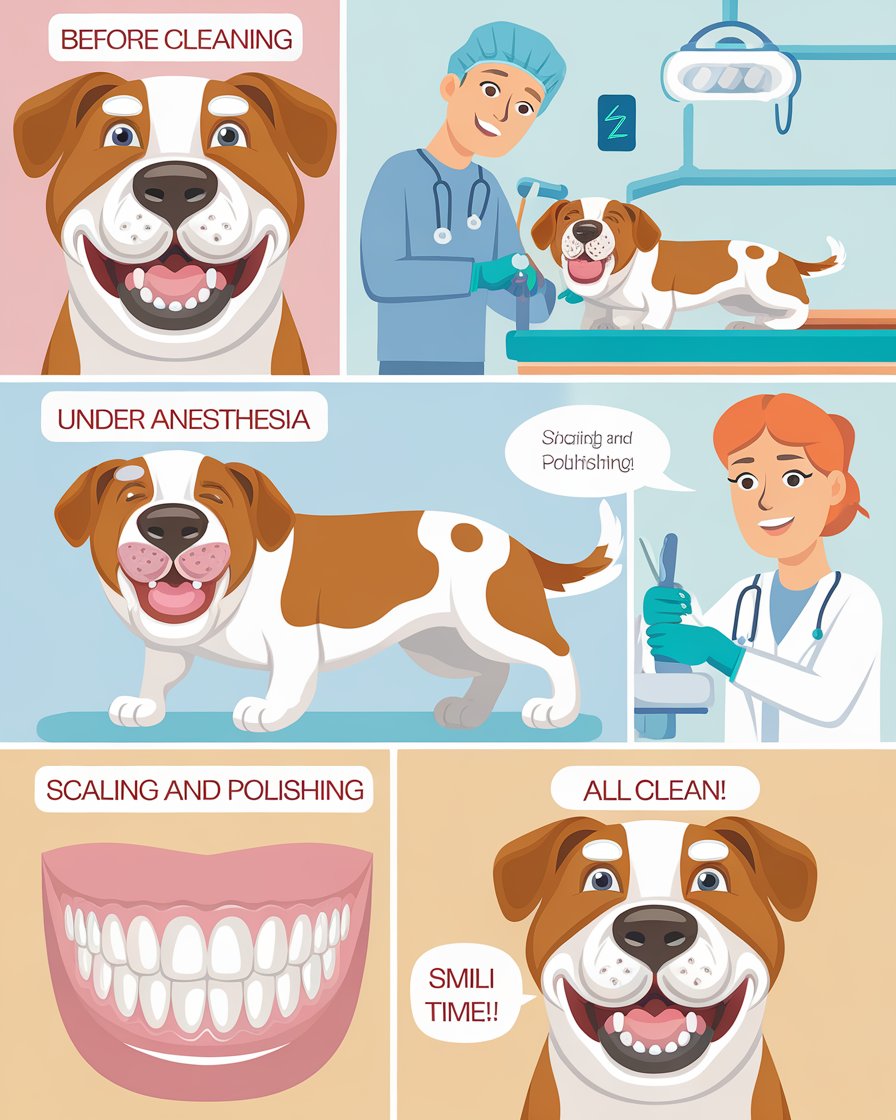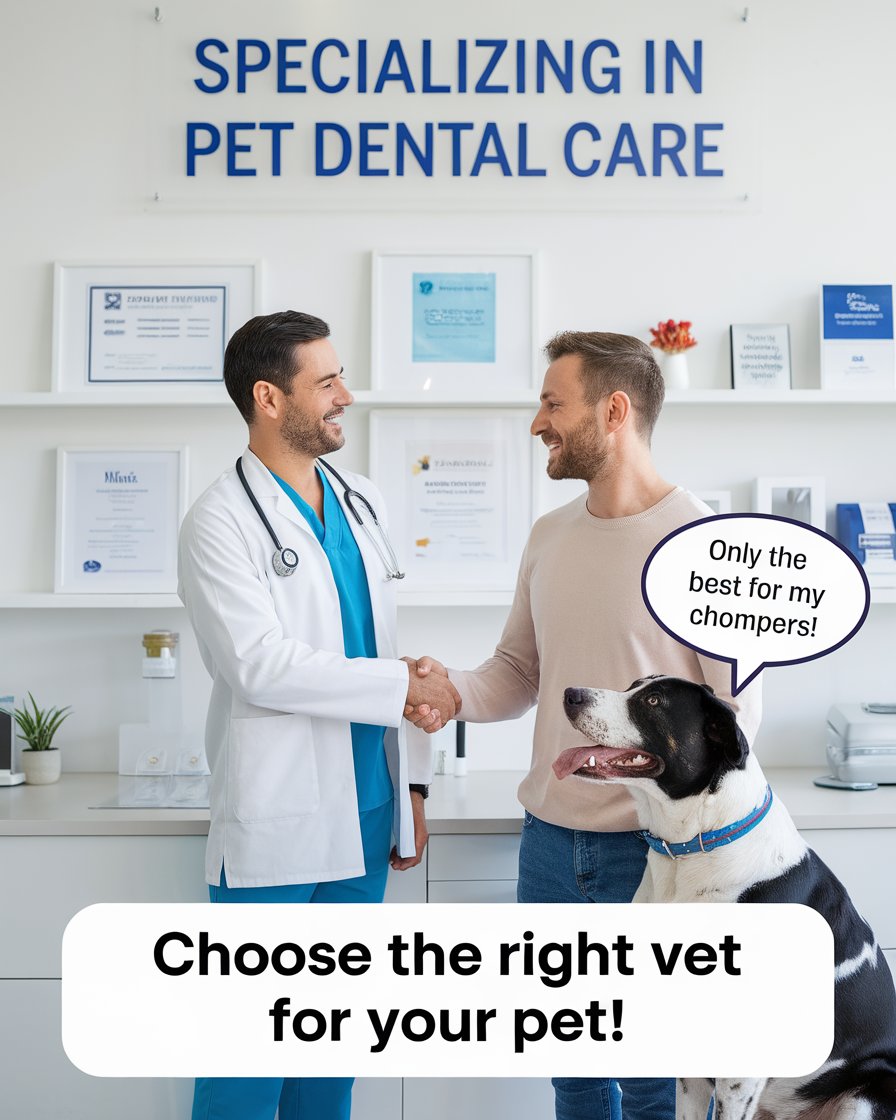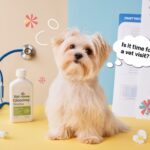Introduction
Maintaining a dog’s dental health is about more than fresh breath—it’s essential for their overall well-being. Dental prophylaxis, a preventive procedure, helps avoid painful dental issues and reduces the risk of serious health complications. Early signs of dental disease, such as plaque buildup, gum inflammation, and persistent bad breath, can quickly progress if left untreated, impacting major organs like the kidneys, liver, and heart. Regular cleanings, combined with at-home care, can make a significant difference in your dog’s health.
In this article, we’ll explore everything pet owners need to know about dental prophylaxis for dogs, from recognizing symptoms to choosing the right veterinary clinic. With a detailed look at the procedure’s steps and the importance of follow-up care, we’ll highlight why professional dental care is crucial for dogs. These insights ensure that pet owners can make informed choices to keep their dogs happy and healthy.
Key Takeaways
- Early detection of dental disease in dogs can prevent severe health issues affecting major organs.
- Regular professional cleanings, including scaling and polishing, are essential for maintaining dental health.
- Preanesthetic testing ensures safety during dental prophylaxis procedures, reducing risks for pets.
- Post-procedure home care, such as daily brushing and dental chews, helps maintain oral hygiene and prevent plaque buildup.
- Follow-up veterinary visits after dental procedures are crucial to monitor recovery and prevent future problems.
- Choosing a veterinary clinic with dental expertise ensures a higher standard of care, benefiting your dog’s overall health.
Identifying Early Signs of Dental Disease in Dogs
Detecting dental disease in dogs early is essential for preventing severe health complications. Common signs include persistent bad breath, plaque, and tartar buildup, as well as red or swollen gums. In advanced cases, dogs may exhibit gum line recession, loose teeth, or even abscess formation, which can cause significant discomfort. Early detection and treatment not only improve a dog’s oral health but also protect vital organs that can be affected by dental infections, such as the kidneys, liver, and heart. Regular dental check-ups, along with at-home care like brushing, help pet owners stay ahead of potential issues, ensuring their dog’s mouth stays healthy and pain-free.
Common Symptoms of Dental Problems in Dogs
Recognizing common symptoms of dental issues in dogs is the first step toward preventive care. Symptoms such as persistent bad breath, visible plaque, or gum inflammation are often the earliest indicators. Advanced signs may include gumline recession or loose teeth, which can signify deeper periodontal issues. Monitoring your dog’s mouth for these signs and scheduling regular check-ups can catch problems before they become severe. By focusing on early detection, pet owners help prevent conditions that could lead to pain or systemic health issues, protecting their dog’s overall wellness.
Risks of Ignoring Dental Health in Dogs
Ignoring dental health in dogs can lead to serious health risks, extending beyond the mouth. Untreated dental disease often leads to infections that can impact the kidneys, liver, and heart. As plaque and tartar accumulate, they create an environment for harmful bacteria, which can enter the bloodstream, affecting major organs. Maintaining a regular dental care routine and addressing early symptoms are key to preventing these complications, ensuring your dog not only has a healthy mouth but a healthy body overall.
Key Indicators of Dental Disease in Dogs
1. Persistent Bad Breath
Even though occasional bad breath in dogs is normal, persistent foul-smelling breath can signal underlying dental disease, particularly when associated with plaque buildup.
2. Visible Plaque and Tartar
Plaque that hardens into tartar along the gumline can irritate gums and lead to further dental complications, making this a key indicator to watch for.
3. Red or Swollen Gums
Inflamed gums, often appearing red or swollen, indicate gingivitis and can be an early sign of periodontal disease, especially if left untreated.
4. Loose or Missing Teeth
Loose or missing teeth usually signify advanced dental disease. It’s important to seek veterinary care if you notice any changes in tooth stability.
5. Difficulty Chewing or Dropping Food
If a dog shows difficulty chewing or frequently drops food, it could be a sign of oral pain caused by dental issues, warranting immediate attention.
6. Excessive Drooling
An increase in drooling, especially with blood or an unusual odor, can point to dental problems and should be checked by a vet.
Detailed Steps of Dental Prophylaxis in Dogs
A dental prophylaxis procedure in dogs is a comprehensive process designed to maintain oral health and prevent disease. It begins with preanesthetic blood and urine tests to confirm the dog’s overall health. Once cleared, the dog is placed under general anesthesia to keep them comfortable and safe during the procedure. Veterinary staff then take dental radiographs to identify any underlying issues. The cleaning itself includes subgingival and supragingival scaling to remove plaque and tartar, followed by tooth polishing to smooth surfaces and prevent future buildup. This thorough cleaning process helps reduce the risk of periodontal disease, supporting both dental and overall health.
Importance of Preanesthetic Testing
Preanesthetic testing is a crucial step in the dental prophylaxis process, ensuring a safe experience for dogs undergoing anesthesia. Tests include basic blood work and, occasionally, urine analysis, which help veterinarians assess the dog’s kidney, liver, and overall health status. This testing minimizes anesthesia risks by identifying any underlying health concerns that may affect the procedure. By customizing the anesthetic approach to each dog’s needs, veterinarians provide peace of mind for pet owners, ensuring that dental procedures are conducted safely and effectively.
Detailed Steps of Scaling and Polishing
Scaling and polishing are essential components of dog dental cleaning, targeting plaque and tartar buildup both above and below the gum line. Subgingival scaling focuses on hard-to-reach areas, where tartar accumulates and contributes to periodontal disease. Supragingival scaling cleans the visible portion of the teeth, while polishing smooths the enamel surface, helping to prevent future plaque accumulation. These steps not only keep the teeth clean but also protect the gums and bone structure, reducing the risk of painful dental issues and fostering a healthier mouth.
Case Study: Improved Health Outcomes Following Dental Prophylaxis
Meet Bella, a seven-year-old Labrador Retriever who began showing signs of dental disease, including bad breath, visible tartar, and occasional discomfort while eating. Bella’s owners brought her to a veterinary clinic specializing in pet dentistry, where the veterinary team recommended a dental prophylaxis procedure to prevent further complications. Preanesthetic testing revealed that Bella was in good health overall, and she was cleared for anesthesia.
During the procedure, the veterinary team performed subgingival and supragingival scaling to remove built-up tartar, followed by polishing to smooth her teeth surfaces and reduce future plaque adhesion. They also took dental radiographs to check for hidden issues beneath the gum line. Following the prophylaxis, Bella’s breath improved significantly, and she began eating more comfortably. Regular check-ups and at-home care have since kept Bella’s dental health in check, underscoring the importance of preventive dental care in enhancing a pet’s quality of life.
Essential Post-Prophylaxis Care and Maintenance
After a dental prophylaxis procedure, proper home care is crucial to prolong the effects of the cleaning and prevent the recurrence of dental issues. Regular tooth brushing, along with using dental chews or toys designed for plaque control, is highly recommended. Monitoring for any signs of discomfort or swelling helps pet owners spot potential problems early. Follow-up visits to the veterinarian are also essential, as they allow the vet to check on healing progress and address any emerging dental issues. By maintaining consistent care at home and scheduling regular professional check-ups, pet owners can help keep their dogs’ teeth and gums in optimal condition.
Daily Brushing and At-Home Dental Care Tips
Following a dental prophylaxis procedure, daily brushing is one of the most effective ways to maintain your dog’s oral health. Use a pet-safe toothbrush and toothpaste to prevent plaque buildup and keep gums healthy. Incorporating dental chews or toys can further help clean the teeth, making daily brushing less demanding. These simple at-home care practices significantly reduce the risk of periodontal disease, allowing pet owners to keep their dog’s mouth clean and healthy with just a few minutes of attention each day.
Importance of Monitoring and Follow-Up Appointments
After dental prophylaxis, regular follow-up appointments are essential to monitor recovery and catch any signs of recurring dental issues. Veterinarians can spot early indicators of gum inflammation or plaque buildup that may have gone unnoticed at home. Scheduling these check-ups every few months ensures that any emerging concerns are addressed promptly. This proactive approach to dental care helps keep a dog’s mouth in good shape and reduces the likelihood of future dental procedures, supporting their overall health.
“Prevention is better than cure. Regular dental care not only keeps your pet’s mouth healthy but also supports their overall well-being.” — Dr. John Smith, DVM, Veterinary Dentistry Specialist
Choosing a Veterinary Clinic for Dental Prophylaxis
Selecting the right veterinary clinic for dental prophylaxis is vital for a safe and effective procedure. Pet owners should look for clinics with skilled veterinarians who specialize in veterinary dentistry, along with a well-equipped facility that offers advanced dental technology. Factors like staff training, cleanliness, and a clear explanation of their dental health approach are important. A reliable clinic will discuss the steps of dental procedures, anesthesia safety, and the specifics of aftercare, helping pet owners feel confident about their choice. Opting for a trustworthy clinic ensures that pets receive top-quality care, reducing the risks of periodontal disease and associated health issues.
Evaluating Clinic Facilities and Staff Expertise
When selecting a veterinary clinic for dental prophylaxis, evaluating the facility and staff expertise is essential. Look for clinics that are clean, well-organized, and equipped with the latest dental technology. Knowledgeable staff who can answer questions about dental procedures, safety protocols, and aftercare also contribute to a positive experience. By choosing a clinic with high standards, pet owners can feel confident their dog is in capable hands, ensuring a safer and more effective dental procedure.
Benefits of Choosing a Specialist in Veterinary Dentistry
Choosing a veterinary clinic that specializes in pet dental care provides several advantages. Dental specialists understand the intricacies of veterinary dentistry, from managing anesthesia to performing complex procedures like extractions and root planing. They are well-versed in the latest preventive and treatment methods, making them more effective at addressing dental issues before they become severe. By selecting a specialist, pet owners help ensure the best possible dental health for their dogs, with care tailored to their specific needs.
Conclusion
Dental health is a key component of a dog’s overall wellness, with regular dental prophylaxis playing a vital role in preventing disease and discomfort. By understanding the signs of dental issues—such as plaque, gingivitis, and gum recession—pet owners can act early, preventing conditions that could lead to complications in essential organs. Professional veterinary care, including thorough cleanings and preventive maintenance, significantly reduces the risk of periodontal disease and related health problems.
Taking proactive steps like daily brushing, regular dental check-ups, and choosing a veterinary clinic with expertise in pet dentistry supports your dog’s long-term health. With the right balance of at-home care and professional oversight, pet owners can ensure that their dogs maintain strong, healthy teeth and gums. Remember, a little attention to dental health today helps safeguard your dog’s well-being for years to come.

